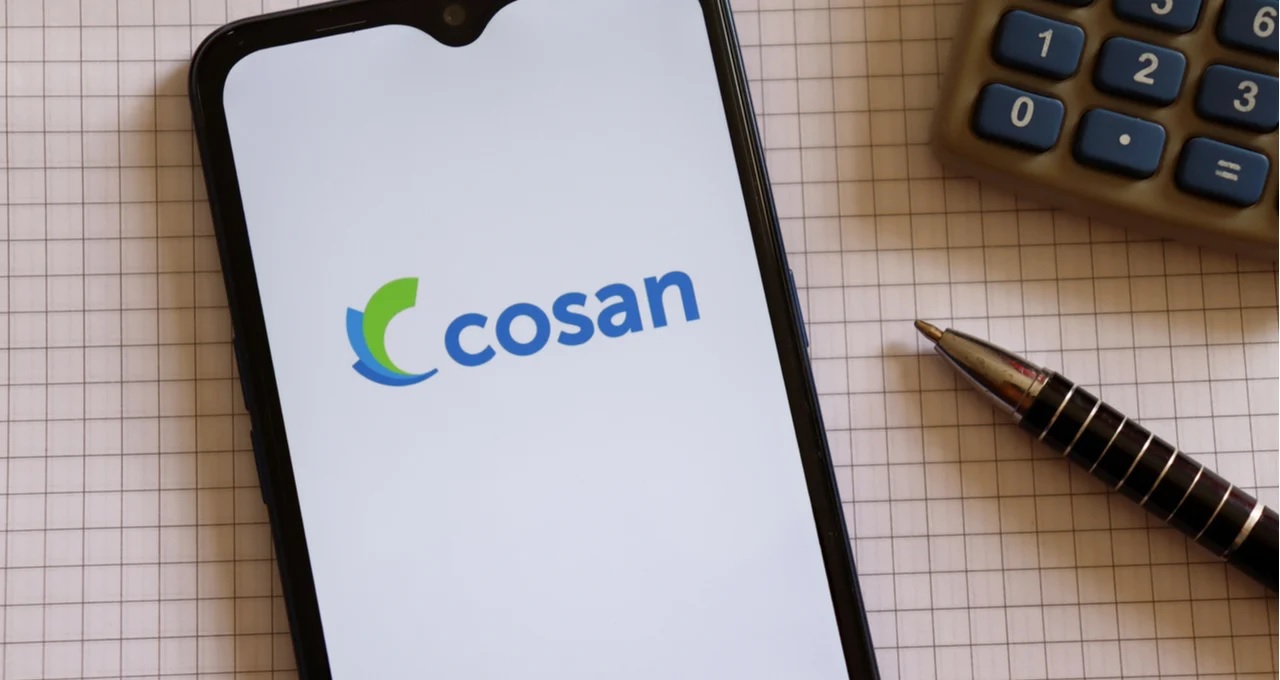On Monday, October 10, the market maintained skepticism about purchasing a stake in Vale that Cosan announced on Friday.
At Monday’s closing, shares fell 7.51%, quoted at R$15.40 (US$2.97).
In two days, the papers fell 15.57%. The company lost R$5.3 billion (US$1 billion) in market value since the close of Thursday, October 6, when they were worth R$18.24.
With a combination of direct purchase of shares and derivatives, Cosan can reach 6.5% of the mining company’s capital, equivalent to an investment of R$22 billion, assuming a position among Vale’s major shareholders.

Sought, Cosan did not want to comment on the market repercussion.
Analysts evaluate that the entrance of a reference shareholder is strategically interesting for Vale but question Cosan’s lack of experience in the mining sector and if the company is committed to the operation or sees the participation as a financial application.
J.P. Morgan analysts, led by Lucas Ferreira, write that historically Cosan is a good allocator of capital but that most of its investments are in companies with clear synergies or that can contribute to its restructuring, which is not the case with Vale.
“In this sense, the acquisition of the stake seems to us so far as a financial and value investment, with Cosan seeing upside potential in Vale’s shares,” says the bank.
Even so, the appointment of a board member can be positive for the mining company.
In the short term, the impact of Cosan’s arrival should be limited, in the opinion of Itaú BBA. Analysts led by Daniel Sasson point out that the company’s contribution to Vale’s strategy will need to be proven.
Cosan should not abandon its own initiatives in mining, such as Porto São Luís, they point out.
“We believe investors will welcome the arrival of a reference shareholder to help with strategic planning, but even with Cosan’s positive track record in other sectors, it is still new to the mining business,” he says.
For BTG Pactual, the stake purchase indicates that Cosan plans to actively participate in Vale’s decision-making process, which implies long-term representation on the mining company’s board. The move, which happened at a moment of market bearishness, shows that Cosan is attentive to the oscillations.
Analysts Leonardo Correa, Caio Greiner, and Bruno Lima write that there is potential for Cosan to add constructive dialogue in the company by adding an asset that diversifies its portfolio and taking into account its expertise and track record in creating value in a multitude of sectors.
Another point that investors and analysts have been concerned about is the impact that the complex transaction, with collar and derivative transactions, may have on Cosan’s leverage, which ended the second quarter at 2.7 times net debt over EBITDA.
Bradesco BBI says that the optionalities and limited risk exposure offered by the collar contract and management’s reiteration of its leverage targets make them believe that Cosan’s balance sheet is protected.
Analyst Vicente Falanga points out that the market’s negative reaction is due to Cosan’s exposure to the cyclical iron ore business, reducing the dividend flow in the short term, increasing the duration of the investment thesis, and the complexity of the investment, with details not disclosed.
Credit Suisse assesses that the big issue with the transaction is materiality concerning risk exposure, leverage, and financing costs.
Analysts Regis Cardoso and Marcelo Gumiero point out that these concerns derive from the transaction structure involving non-recourse financing with flexible duration.
For the bank, Cosan is using leverage to acquire the equity exposure in Vale, and whether this adds value will depend on how the thesis unfolds.
Analysts say that the company plans to exercise influence over Vale, but it will be limited, and there are no clear synergies between the two groups.
With information from Valor Econômico

